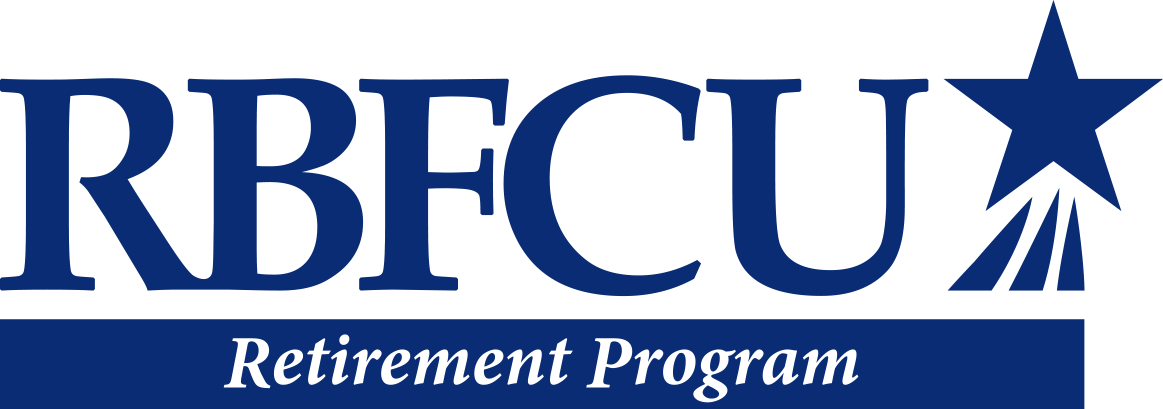403(b) SMART about the Basics: Pre-Tax or Roth?
In the midst of your busy days as a K-12 professional, it can be a challenge to set aside time to tackle your personal retirement plans — especially when your options are a little more complicated than the average workforce employee. To help you along, let’s tackle the topic of 403(b) basics together, including the pros and cons of Pre-Tax and Roth plan types.

Of course, as a Texas public school employee, you may have heard that a 403(b) can be a useful way to supplement your Teacher Retirement System (TRS) pension.1 By investing funds into a 403(b) now, you can begin building toward the retirement you’ve earned.
How you spend the extra money later in life is up to you, of course. Start a new business, travel the world or move closer to a favorite city, beach or mountain range. The options are limited only by your imagination — and, naturally, how much money you will have already earmarked to meet those goals.
Fortunately, if you start investing in your retirement early in your career, you’re more apt to grow savings sufficient to fund your dreams. Plus, if you’re considering a career change down the road, you can still access the money you set aside in a supplemental plan. (In fact, you may even be able to roll over those funds into other savings plans with an employer in another field.)
In other words, putting aside extra funds every year — including this one — is an important investment in your future.
Although only two, main supplemental retirement options exist for Texas school employees (403(b) Tax-Sheltered Plan and Roth 403(b) Tax-Sheltered Plan), there are distinct tax implications to consider. Let’s take a look at that in a moment, right after we’ve looked more broadly at 403(b) plans.
What is a 403(b) retirement plan?
A 403(b) retirement plan is designed for employees of public schools and other certain tax-exempt organizations.
With such a plan in place, you can:
- Build retirement savings to supplement the TRS pension
- Choose from a variety of investment options
- Make contributions directly from your paycheck
How does a 403(b) plan work?
Similar to 401(k) retirement accounts held by professionals in other fields, a 403(b) allows public school employees to save for their retirement by making payroll deductions.
You can determine the amount of money, up to a federally mandated annual limit, that you’ll have taken out of your paycheck and placed into the account. (Note: If you are 50 years of age or older, you’re allowed to make additional catch-up contributions.2)
Once you’ve set up a 403(b), you can invest in a set list of investment options within it, such as mutual funds or annuities.
403(b): Pre-tax versus Roth?
Again, one important feature of a 403(b) plan is your ability to select between making pre-tax or after-tax contributions.
Pre-tax contributions are deducted from your pay and transferred to a 403(b) Tax-Sheltered Plan before income taxes are calculated. This reduces your current taxable income, meaning that you don’t pay income taxes on the amount you contribute, or any investment gains on your contributions, until you receive payments from the plan.
After-tax contributions can also be made through payroll deductions and placed into a Roth 403(b) Tax-Sheltered Plan. Unlike pre-tax contribution plans, there’s no up-front tax benefit — your contributions are deducted from your pay and transferred to the plan after taxes are calculated. Under current law, however, a qualified distribution from your Roth 403(b) account is entirely free from federal income tax.
Which contribution type is best?
Deciding between the two 403(b) plan types might depend on whether you think you’ll be in a higher tax bracket when you retire.
Roth contributions may be more appealing to some school employees since they are designed to effectively lock in today’s lower tax rates — and future withdrawals can generally be tax-free. However, if you think you’ll be in a lower tax bracket when you retire, a pre-tax contribution plan may be more appropriate because your contributions reduce your taxable income now.
For example, a teacher who earns $3,500 in a pay period and is in a 15% tax bracket would pay $525 in income tax. If that teacher contributes $500 each pay period to a 403(b) plan, the income tax is computed on the $3,000. In this scenario, the income tax owed would be $450, saving $75 in taxes at the time of contribution.
It is important to remember that any withdrawals from the 403(b) retirement account after the age of 59½ years would be taxed at the teacher’s future income tax bracket. But since contributions to a Roth account are taxed before they are taken from a teacher’s pay, at 59½ years of age the teacher can withdraw retirement savings tax free if the account has been open for at least 5 years.
In some instances, school employees may decide to keep money in both types of plans, which the federal government will allow.3
How much can I contribute annually to my 403(b)?
This number can vary each year and by your age.
According to the IRS,4 you can contribute up to $23,000 to a 403(b) plan in 2024. Meanwhile, the limit on annual additions (the combination of all employer contributions and employee elective salary deferrals to all 403(b) accounts) is $69,000 in 2024.
Are you 50 or older? You can contribute an extra $7,500 in catch-up contributions, making your total allowable contributions $76,500 for 2024.
Are there any drawbacks to investing in a pre-tax or Roth plan?
While investing in your future is always a good idea, there are some things about which you’ll want to stay mindful. For example, if you elect to make withdrawals from either your pre-tax or Roth account before age 59½, you may be subject to an early withdrawal penalty.
Also, since you might have a choice of different investment plans, you’ll want to be aware of any fees that are associated with your investment. Those fees may seem low when you are just starting your retirement savings, but as your account grows, fees might eat into a larger part of your investments.
The takeaway
As a Texas school employee, you have options to help support your TRS pension savings. 403(b) plans are a popular solution, yet the two types of plans have tax implications worth considering, too.
For K-12 Texas school employees interested in learning more about this topic, the RBFCU Retirement Program is here to help.




